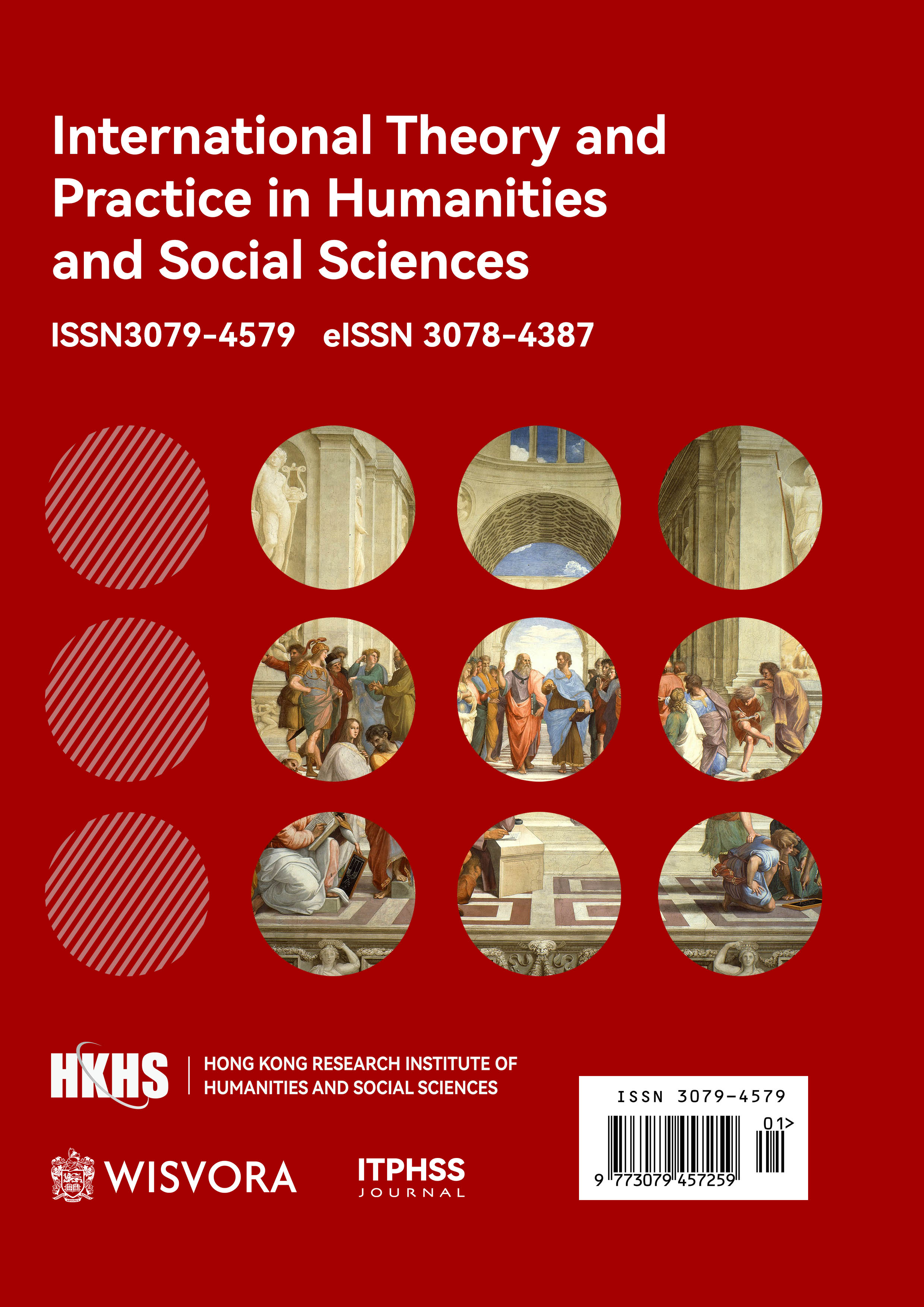Abstract
With the continuous development of human resource management, MBTI (Myers-Briggs Type Indicator) personality type test, as a common tool, has been widely used in career selection and talent management. The purpose of this article is to explore the application of MBTI in the career field, especially the role and impact in recruitment and talent selection. First, the article introduces the basic theory of MBTI, including the four dimensions (extroversion/introversion, sensing/intuition, thinking/emotion, and judging/perception) and the characteristics of 16 personality types, and analyzes how different personality types show unique behaviors and thinking styles at work. The paper then reveals the matching relationship between personality types and occupational requirements by analyzing the needs of different occupational fields. For example, extroverted personalities tend to excel in positions that require high levels of sociability, such as customer service and sales, while introverted personalities are suited to positions that require deep thinking and independent work.
然后,本文讨论了 MBTI 在人力资源管理中的具体应用,包括如何利用 MBTI 测试进行招聘、人才发展、团队建设等方面的决策。本文通过结合案例研究,展示了 MBTI 在人力资源管理中实际应用的有效性,并讨论了它在选拔过程中可以提供的优势,例如提高选型的科学性和准确性,帮助企业在工作匹配和员工发展方面做出更合理的决策。不过,文章也指出了 MBTI 在其应用中的局限性,包括过度依赖、测试的主观性和缺乏动力等问题。
最后,本文得出结论,MBTI作为一种有效的工具,可以为人力资源管理提供有力的支持,但它并不是唯一的考核标准,应与其他考核方法相结合,形成更加全面的选拔体系。通过更深入地理解 MBTI 与职业需求的匹配关系,企业可以实现更精准的招聘和更高效的团队建设,从而提高组织绩效和员工满意度。
References
Tang, J., Cao, Y. D., Wei, T., et al. (2024). The impact of artificial intelligence on economic development: A systematic review. International Theory and Practice in Humanities and Social Sciences, 1(1), 130–143.
Yuan, C. H., Wang, X., Yan, Z., et al. (2024). Beyond sentiment: Exploring the dynamics of AIGC-generated sports content and user engagement on Xiaohongshu. International Theory and Practice in Humanities and Social Sciences, 1(1), 162–177.
Чуньхун, Ю. (2024). Влияние современного компьютерного анализа данных на автомобильную промышленность. Наука и практика: Актуальные вопросы, достижения и, 38.
Boyle, G. J. (1995). Myers‐Briggs type indicator (MBTI): Some psychometric limitations. Australian Psychologist, 30(1), 71–74.
Coffield, F., et al. (2004). Learning styles and pedagogy in post-16 learning: A systematic and critical review.
Busato, V. V., et al. (1998). The relation between learning styles, the Big Five personality traits and achievement motivation in higher education. Personality and Individual Differences, 26(1), 129–140.
Yeo, G. B., & Neal, A. (2004). A multilevel analysis of effort, practice, and performance: Effects of ability, conscientiousness, and goal orientation. Journal of Applied Psychology, 89(2), 231.
Salleh, N., Mendes, E., & Grundy, J. (2010). Empirical studies of pair programming for CS/SE teaching in higher education: A systematic literature review. IEEE Transactions on Software Engineering, 37(4), 509–525.
Gjurković, M., & Šnajder, J. (2018). Reddit: A gold mine for personality prediction. In Proceedings of the second workshop on computational modeling of people’s opinions, personality, and emotions in social media.
Zhang, L. F. (2003). Does the Big Five predict learning approaches? Personality and Individual Differences, 34(8), 1431–1446.

This work is licensed under a Creative Commons Attribution-NonCommercial 4.0 International License.
Copyright (c) 2025 YuLe Cai (Author); YuTing Pei (Co-Authors)

